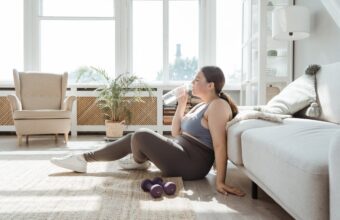When it comes to selecting solar shades for your windows, one of the key decisions you’ll need to make is choosing the right percentage of opacity. The percentage determines how much light is allowed to pass through the shades and can impact factors such as privacy, glare reduction, and UV protection. But with so many options available, how do you know what percentage of solar shade is best for your needs?
- Privacy Requirements
- Consider your privacy needs when choosing the percentage of solar shade. If privacy is a top priority, opt for shades with a higher opacity percentage, such as 1% or 3%. These shades offer maximum privacy by blocking more light and reducing visibility from the outside, making them ideal for bedrooms, bathrooms, and other private spaces.
- For areas where privacy is less critical, such as living rooms or kitchens, you may opt for shades with a lower opacity percentage, such as 5% or 10%. These shades still provide some privacy while allowing more natural light to filter into your space.
- Glare Reduction
- If you’re looking to reduce glare and control brightness in your home, consider the opacity level of the solar shades. Shades with a higher opacity percentage, such as 1% or 3%, offer superior glare reduction by blocking more sunlight. These shades are ideal for rooms with intense sunlight exposure or where glare from electronic screens is a concern.
- For areas where maintaining a connection with the outdoors while reducing glare is desired, shades with a lower opacity percentage, such as 5% or 10%, provide a balance between glare reduction and visibility.
- UV Protection
- Solar shades offer protection against harmful UV rays, which can cause fading and damage to interior furnishings. Higher opacity shades, such as 1% or 3%, provide greater UV protection by blocking more sunlight. If protecting your furniture, flooring, and artwork from sun damage is a priority, consider opting for shades with a higher opacity percentage.
- Even shades with lower opacity percentages, such as 5% or 10%, still offer UV protection to some extent, helping to preserve the integrity and longevity of your interior surfaces.
- Aesthetic Preferences
- Finally, consider your aesthetic preferences when choosing the percentage of solar shade. Shades with higher opacity percentages tend to have a more solid appearance and provide a sleek, modern look to windows. On the other hand, shades with lower opacity percentages offer a softer, more diffused appearance, allowing for a subtle connection with the outdoors.
The right percentage of solar shade depends on your specific needs and preferences regarding privacy, glare reduction, UV protection, and aesthetic preferences. By considering these factors, you can choose the perfect solar shade to enhance your living space and provide comfort and protection for years to come. If you’re unsure about which percentage of solar shade is best for your home, contact us today for expert guidance and personalized recommendations tailored to your needs.






